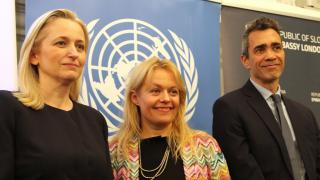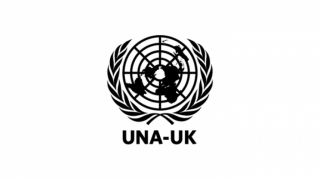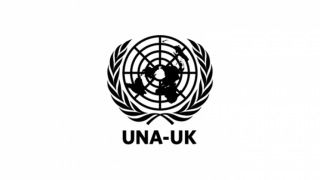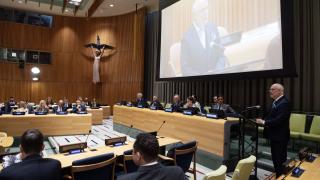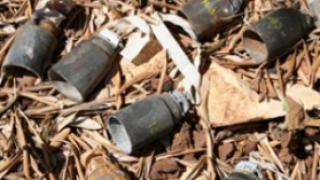
On 11 November, UNA-UK Chairman Sir Jeremy Greenstock wrote to FCO Minister Alistair Burt expressing the Association's grave concerns about Draft Protocol VI on Cluster Munitions to be discussed this week at the 4th UN Review Conference on the Convention on Conventional Weapons (CCW) in Geneva.
Click here to read the letter.
UNA-UK shares the view of many states, UN officials, leading NGOs and UK Parliamentarians that the Draft Protocol risks weakening existing international humanitarian law, in particular the Convention on Cluster Munitions (CCM). UNA-UK campaigned strongly for Convention, which was adopted in 2008 and has now been ratified by 111 states, including the UK.
Members of the public can take action by signing an Avaaz petition endorsed by the Cluster Munition Coalition, and by writing to their MPs using our Chairman's letter as a template.
UN APPG
Lord Hannay, Chair of the All-Party Parliamentary Group on the UN (UN APPG), has taken an active lead in bringing this matter to the attention of the UK government and Parliament. You can read his question during a debate on Cluster Munitions here.
UNA-UK has also taken urged members of the UN APPG to sign an Early Day Motion, which calls on the UK Government to resist the Draft Protocol.
The problem
Cluster munitions pose the gravest threat to civilians since landmines, which were banned in 1997. They caused more civilian casualties in Iraq in 2003 and Kosovo in 1999 than any other weapon system.
Air-dropped or ground-launched, they cause two major humanitarian problems and risks to civilians. First, their widespread dispersal means they cannot distinguish between military targets and civilians so the humanitarian impact can be extreme, especially when the weapon is used in or near populated areas.
Second, because so many cluster munitions fail to work properly, large numbers of submunitions are left unexploded on the ground long after a conflict has ended – a particular danger to children. In 2006, Israel's use of the weapon in Lebanon resulted in more than 200 civilian casualties in the year after the ceasefire and served as a catalyst for the Convention on Cluster Munitions.
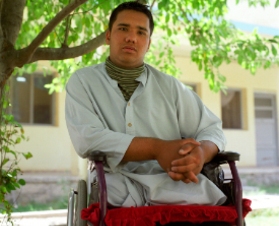 The Draft Protocol being discussed at the UN stands to undermine the current Convention on Cluster Munitions, providing states with a less stringent alternative which includes the provision to use cluster munitions that have been produced after 1980. A protocol of this nature will make it more likely that cluster munitions will be used, putting more civilian lives at risk.
The Draft Protocol being discussed at the UN stands to undermine the current Convention on Cluster Munitions, providing states with a less stringent alternative which includes the provision to use cluster munitions that have been produced after 1980. A protocol of this nature will make it more likely that cluster munitions will be used, putting more civilian lives at risk.
Soraj Ghulam Habib (left) lost both his legs when a BLU-97 cluster submunition exploded near his home in Herat, Afghanistan. He was only 10 years old at the time. BLU-97 submunitions are one of the weapons that will be allowed under the draft CCW protocol as it stands.
Photo credit: Alison Locke/CMC


